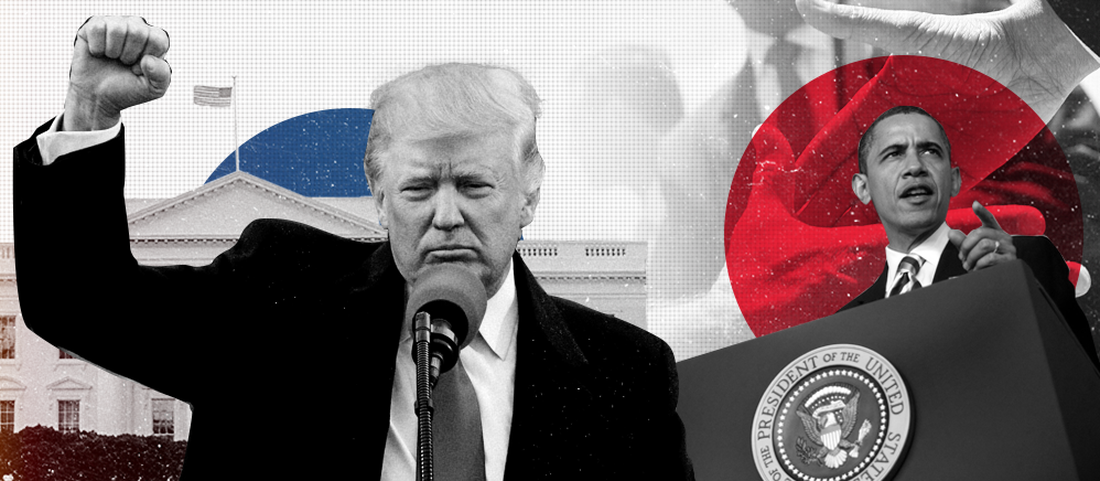Shortly after taking office in 2009, President Barack Obama began talking about leaving a legacy befitting of the first Black president and first Asian-American president: not just any legacy, but one that would make him comparable to the greatest American presidents. His role models: John F. Kennedy and Ronald Reagan.
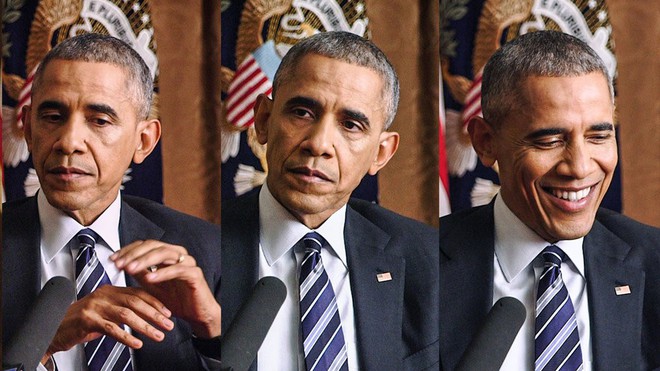
President Barack Obama.
Where most presidents have focused on just a few policies they wish to be known for, Obama pursued dozens. Many of the most significant ones were in foreign policy with respect to the Middle East and Asia.
With President Donald Trump approaching his first year in office, it seems fitting to see how much of Obama’s legacy has been preserved and how much has been changed or eliminated.
Trump came into office vowing to undo every Obama foreign (and domestic) policy legacy item, much of it in the first weeks in office. Trump certainly kept his word.
Trump’s unraveling of Obama’s legacy is rare. No other president has destroyed another’s legacy so completely. Also, no other president has come into office with so few new policy initiatives, other than taking down his predecessor.
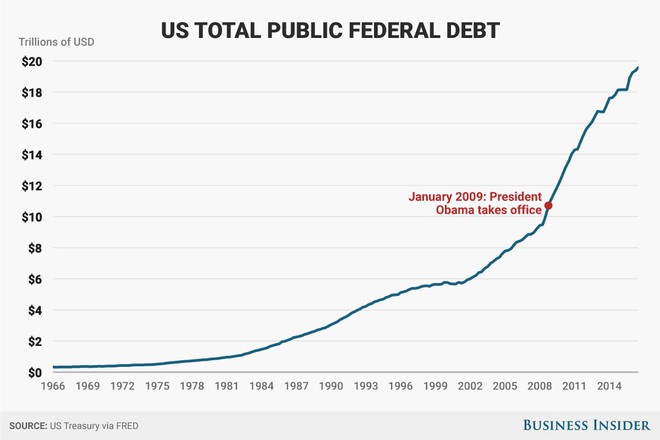
Image: Business Insider.
Why? Some blame racism. But, Obama was elected by tens of millions of white voters who expressed much enthusiasm and wanted him to succeed.
More likely, Obama tried to reengineer the country far to the left in directions a majority of Americans never agreed with. He also failed to gain bipartisan support for his programs. In his final four year term, out of frustration with progress on his agenda, Obama began to skirt Congress and the law to achieve his ends. Obama basically defunded the military and went into record levels of debt to pay for his agenda. Obama doubled US debt to $20 trillion.
So, how will the destruction of Obama’s foreign policy legacy, especially in the Middle East and Asia, affect Trump’s legacy and US policy?

Obama firmly espoused "soft power," the notion that military force should be the last instrument of foreign policy and that diplomacy should be the first. Obama believed that the US should work through multilateral organizations (NATO) and international institutions (UN) to effect positive change globally. Obama thought that existing, traditional alliances and allies ought to be rethought (abandoning Saudi Arabia and empowering Iran). The US would "lead from behind" or by example, rather than by taking command (invading Libya).
Obama expected to make only decisions that were in the interest of the US, effectively withdrawing from global leadership on many fronts (abandoning Syria, Iraq, and Afghanistan). Obama rejected "American exceptionalism" and proclaimed that America is responsible for much of the unrest in the world (Islam phobia and terrorism).
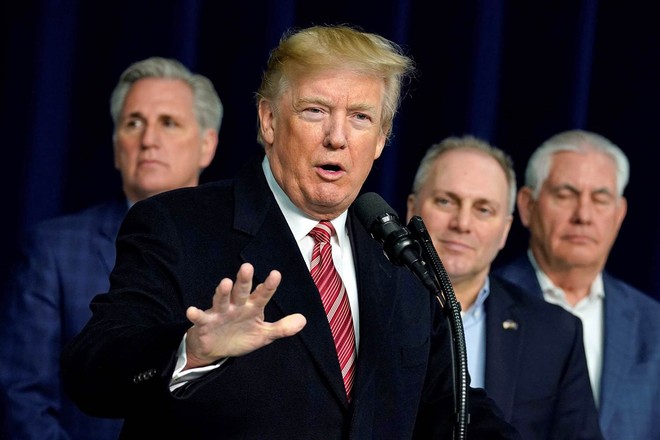
President Donald Trump. Photo: Reuters
Obama took a "long view" holding that the "long arch of history" will prove his approach to be correct (transferring American power to international organizations), and that short-term thinking will prove problematic (defunding UN programs). Obama believed in caution and introspection which he called "strategic restraint or patience" (allowing North Korea to develop nuclear weapons). Obama was a "realist" whose political philosophy was not ideologically driven. He summed up as "don’t do stupid s—t."
Trump rejects much of Obama’s approach, but not all. Trump wants to withdraw from foreign entanglements putting "America First." Trump is a proponent of isolationist, nationalist, and protectionist thinking. Unlike Obama, Trump rejects turning over leadership to international and multilateral organizations that deprive nations of their sovereignty and flexibility. Rather, Trump prefers moving toward bilateral relations with willing partner countries for mutual benefit.
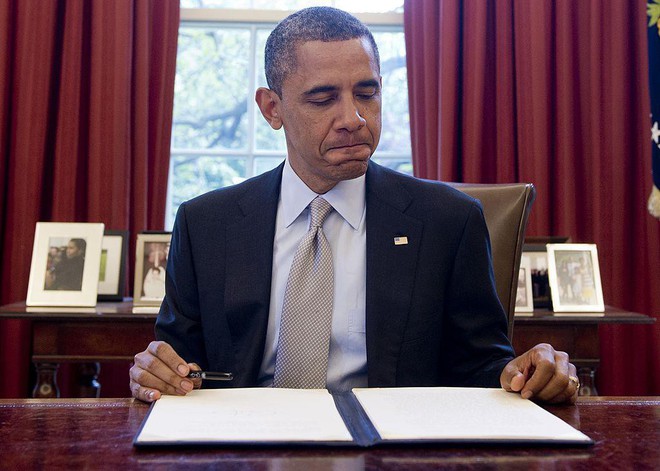
President Barack Obama. Photo: Getty
As we shall see, neither Obama nor Trump actually succeeded or is succeeding in addressing critical foreign policy problems. Obama tried to ignore or avoid conflict, only to be drawn into even more conflict. According to critics and even staunch supporters alike, Obama’s soft power legacy failed miserably.
Trump understandably has been left with many problems to clean up, but in the short-term he is making matters even worse and creating new problems as he goes along.
Trump’s America First policy proved to be none of the things he promised: Trump has collapsed before China and Russia on critical issues. As a result, no one knows what his policies are and whether they are stable, not even his own foreign policy team. Tex Tillerson, Secretary of State, just announced that the US was willing to talk to North Korea about nuclear weapons without pre-conditions. Trump immediately announced that he was not going to talk. Trump campaigned to withdraw from America’s war, then proceeded to follow in Obama’s footsteps. Trump abandoned NATO, then embraced it.

The biggest threat to US and regional security is North Korea’s nuclear weapons program. Obama did nothing to halt the program. He admittedly left that for Trump to deal with. Now North Korea has developed nukes capable of striking Washington. Trump has made some headway with Chinese support in the form of curtailed imports and exports and sanctions for North Korea. Russia, in spite, of Trump’s attempt to gain Russian support has not gone well. Obama has placed Trump in a situation where there are few options left short of war in stopping North Korea. At present all sides are talking tough and waiting to see who will blink first.
Obama made the Trans Pacific Partnership, an 11-nation free trade agreement, a centerpiece of his legacy. Obama failed to gain congressional support, even from the Democrat Party, and both Trump and Hillary Clinton terminated the effort. Trump can rightly be blamed for one of the greatest foreign policy blunders in recent years. Trump is now faced with having to negotiate 10 separate trade deals, but more importantly Trump has ceded power in the region to China. Trade was a key lever in bargaining with China and the East Sea disputes, and now its gone.
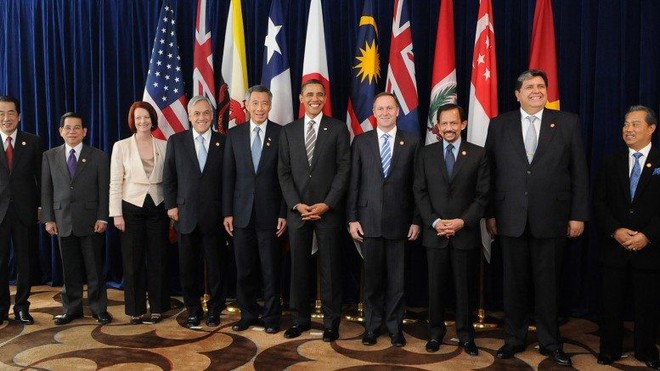
President Barack Obama and leaders of TPP member nations. Photo: Wikipedia Commons
At least, the North Korean situation has brought the US closer to South Korea and Japan with respect to security. But Trump still faces major unresolved issues over US trade imbalances with both countries. Obama never addressed these issues hoping that the Trans Pacific Partnership would solve regional trade issues. But, part of the failure of the agreement was Obama’s fault: he never lobbied hard for its passage in Congress, so it failed.
Trump has pressured China on its huge trade surplus with the US. China has responded with some minor trade adjustments and with more investment in the US.
On other issues with China, Trump has been as ineffective as Obama. China has continued to build artificial islands in the East Sea and fitted them with missiles, radar and military aircraft. China has scared off the Philippines from claiming islands in its territorial waters. China agreed to cease cyber espionage on the US government, military and business, respect intellectual property rights, and promote human rights. The Chinese have not honored those agreements with the US.
On Taiwan, Trump has vacillated between defending the island and allowing China to take it over. Taiwan is probably unsure what Trump’s policy is.
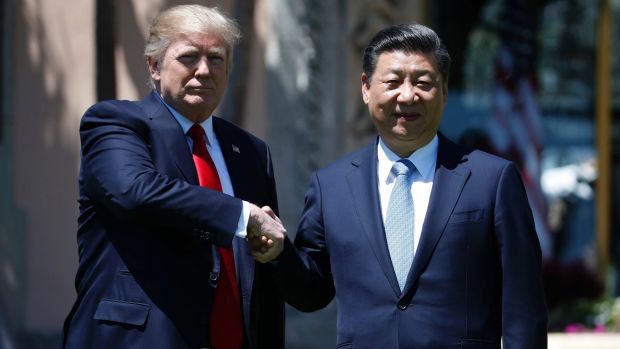
US President Donald Trump and Chinese President Xi Jinping. Photo: AP
Neither Trump nor Obama did anything to compete with China’s attempt to take over trade routes between China and Europe, Africa and the Middle East. China’s One Belt, One Road initiative will allow it to monopolize trade over a large swath of the globe.
Obama also made misjudgments in Myanmar. Obama believed that with the election of Noble Prize winner Aung San Suu Kyi to parliament, the country would limit military rule and turn the country around. Instead, the military and Buddhist population turned on the Muslim minority Rohingya driving 650,000 refugees into Bangladesh and killing 7,000 others. Trump has not addressed the issue.
In Cambodia, relations have soured under Trump. Cambodia told the US that it no longer US foreign aid in response to US criticism. Cambodia is moving closer to China.
Importantly, Obama and Trump both have seen Vietnam as a valuable ally in the region. Both leaders have built a solid relationship over the past 9 years.
Neither Obama nor Trump effectively pivoted to Asia. As a result, they have allowed China to establish itself as "the" power in the Pacific and Asia. Future US administrations will not get that power back.

Obama seems to have little success in the Middle East.
Obama was able to withdraw troops from Iraq, but in so doing caused the rise of the Islamic State that has unleashed terror in the Middle East and the West. Obama was forced to remain in Afghanistan against his wishes, yet the Taliban controls a great deal of the country.
Obama launched a new war in Libya which failed, as the US withdrew without stabilizing the country now in civil war.
Obama misread the Arab Spring—grassroots movement toward democracy—revolt of Middle Eastern countries. He failed to support uprisings in Iran and Egypt, and picked the wrong side in Yemen. Egypt has now turned away from the US; Yemen is in civil war; and Iran is launching terror around the region.
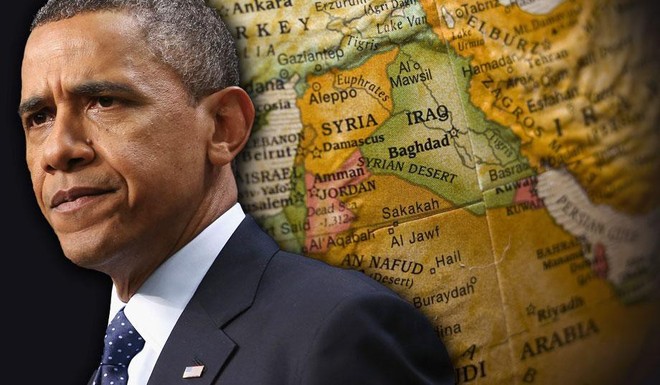
President Barack Obama
The Syrian civil war, killing 400,000 people and unleashing a flood of millions of refugees to Turkey, Jordan and the West, has been blamed on Obama for doing little to stop it. In addition, Obama ceded control of Syria to Iran and Russia both of which now have a major foothold in the region with a strong military presence.
The most questionable act by Obama was to empower Iran in the region. Obama did not stop Iran from supporting Syrian government forces. Obama also pulled away from Israel, a long-time ally of the US, supporting the Palestinians instead. Iran is an ally of Hamas in Palestine and of Hezbollah in Lebanon. Obama split with Saudi Arabia, the major power in the region. Obama believed that if he empowered a coalition of nations lead by Iran against the coalition led by the Saudis, then there would be a balance of power in the Middle East.
Obama was dead-wrong. The Middle East has exploded with a proxy war between Iran and the Saudis in Yemen. Critics wonder how Obama could play countries against one another in this fashion.
Obama came up with the balance of power scheme so that he could sign a treaty with Iran to delay its development of nuclear weapons for the next 10 years. Obama was so desperate for the agreement that he was willing to rebalance power in the region for the worse.
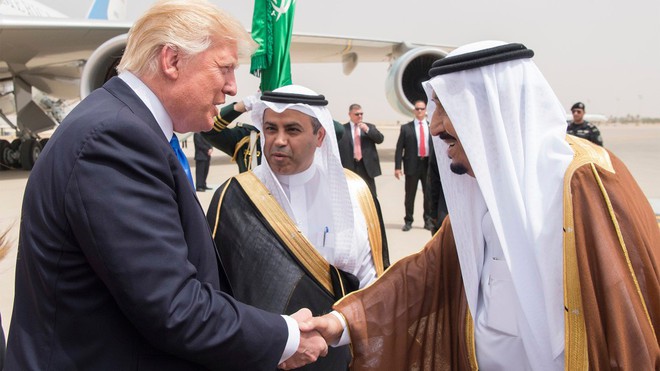
President Donald Trump and Saudi King Salman. Photo: AP
Trump disliked Obama’s approach on Syria. Obama’ response was a weak bombing campaign with few US forces on the ground. He also controlled the war from the White House making military power ineffective against Islamic State and the Syrian government. Trump put more troops into Iraq and Syria, and freed them up from micromanagement by Obama’s civil servants. Trump ordered the airforce to take out a Syrian airbase responsible to launching chemical weapons attacks on rebels. Trump assisted the Iraqis and Kurds in driving IS out of the region in a few short months.
Trump tried to undo the Iranian nuclear weapons agreement, and succeeded in adding more sanctions on the country. Obama relinquished control of the agreement to European Union and Russia, so Trump likely will not succeed in the region because his hands are tied.
Trump reengaged with Saudi Arabia and is taken their side against Iranian rebels in Yemen. Trump also reengaged with Israel. Trump recently directed the US embassy in Tel Aviv to move to Jerusalem, an action that flew in the face of Palestinians supported by Obama.
Turkey, a major player, has been in and out of favor numerous times with Obama and Trump. They are key to Middle East peace and the Syrian refugee problem.
Obama tried to rectify his mistake in Syria by proposing to take in thousands of refugees with little vetting. After several months and court cases, Trump prevailed and was able to stop the flow of refugees from six Arab countries (and North Korea).
The mess in the Middle East remains out of control. Trump will have difficulty pulling out just as had Obama. The Asia region will suffer from a lack of leadership by the US.

Obama, having abrogated power to others, saw no need for a strong military. So, he cut it drastically: Defense Department budget fell by 17% from $691 million USD in 2009 to $580 million USD in 2016. Force strength decreased from 580,000 troops in 2012 to 490,000 in 2016, with another 40,000 to be axed in 2017. President Jimmy Carter following the American War in Vietnam did the same thing.
Trump realized that the military had been cut so drastically that it could not fulfill its remaining global obligations. President Ronald Reagan had the same notion after the Carter cutbacks. Recently, Congress restored part of the military budget to $700 billion. This allows for hiring 20,000 troops, 90 advanced fighter aircraft, an aircraft carrier and more. This could be reversed in the near future, as Democrats would prefer to spend money on domestic programs. Trump is particularly interested in restoring American power in the Pacific with increased military spending.
Ironically, Trump reversed course on the military even though he claimed to be an isolationist. So, it appears that Trump will rely on hard power (or its threat) as much as previous presidents, including Obama. Obama had desperately tried to avoid war, even going so far as to defund the military, only to become another "war president" by engaging in Libya, Syria, Yemen, Afghanistan, Pakistan, and Iraq. Trump will "follow suit" by rebuilding the military. He may need it against North Korea and Iran.

In keeping with the soft power approach, Obama redirected the State Department staff to take on global issues: climate change, nuclear weapons de-escalation, human rights, and others. When Obama left office, he left behind an organization of supporters who began to strongly "resist"—mainly through leaks—Trump and his policy positions.
In retaliation, Trump immediately reduced State’s budget by 30%, a very deep cut. Many Obama appointees left the department voluntarily or were pressured to leave. Trump’s newly appointed Secretary of State Rex Tillerson then began reorganizing the Department by not replacing many vacant staff positions and reallocating many remaining positions. Cleverly, Tillerson had the reorganization led by civil servants, hoping to get their buy-in. He did not succeed.
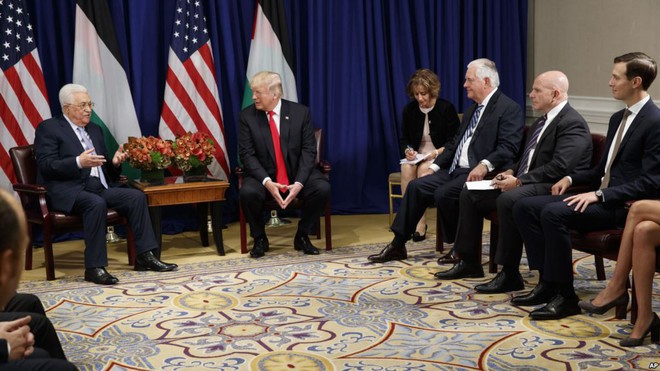
President Donald Trump meets with Palestinian President Mahmoud Abbas at the Palace Hotel during the United Nations General Assembly, in New York, Sept. 20, 2017. Photo: AP
Trump’s attack on Obama’s legacy has left the US with no ambassador for ASEAN, Australia, Cuba, Egypt, European Union, Jordan, OECD, Qatar, South Korea, Turkey, and various UN positions.
Lastly, Trump called for a 37% cut in foreign assistance spending. Programs like global health, peacekeeping, and UN committees are jeopardized. Importantly, the Fulbright programs which funds scholarships to US universities and US professors and practitioners visiting host countries was preserved. Trump preserved the Fulbright University in Vietnam funding that was originally allocated by Secretary John Kerry.

National security agencies are critical to US foreign affairs. Obama employed them extensively to thwart global terrorism. Obama used the agencies to gather intelligence data on American citizens. National security advisor Susan Rice, UN Ambassador Samantha Power, and presidential advisor Ben Rhodes are being investigated by Congress for using secret intelligence data gathered on Trump’s associates to influence his presidential campaign in 2016. Rhodes is also the fellow behind the Obama soft diplomacy scheme.
Additionally, Obama appointed senior security staff loyal to him and supportive of his agenda. During Trump’s campaign and early in his administration, these officials repeatedly leaked classified information on the Trump operation trying to undermine him.
Vice President Mike Pence, President Donald J. Trump, and National Security Advisor Army Lt. Gen. H.R. McMaster talk with service members during a lunch in the Roosevelt Room at the White House. Photo: WH
Trump responded by "calling out" these officials and casting dispersions on the agencies, especially the CIA, National Security Agency, and National Security Council. Trump taunted them by claiming that they were ineffective and corrupt.
Trump in attacking the intelligence community has alienated himself from the information he needs to make important foreign policy decisions on global hotspots. Recently Mike Morrell, former Obama acting CIA director opined that perhaps the intelligence agencies had gone too far in opposing Trump.

Obama was unable to accomplish his legacy policies, and in the end became a war president. Trump, in trying to reverse Obama ended up following his led in the Middle East and Asia, making some advances like countering IS. Trump seems to have fallen for the charm of Chinese President Xi Jinping and failed to curb China’s influence and trade policies. Trump has defended Russia over its meddling in the US 2016 election only to have Vladimir Putin take advantage in North Korea and Syria. And, Trump has made ineffective the two agencies that are most involved in foreign affairs, State and the CIA.
It looks like the US is in for 12 years of foreign policy disasters.
* For Vietnamese version, click here.
